Search the Special Collections and Archives Portal
Search Results
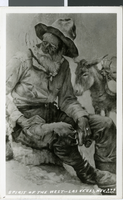
Postcard of a donkey and a prospector, circa early 1900s
Date
1900 to 1930
Archival Collection
Description
A picture of a desert prospector and a donkey titled "Spirit of the West."
Image
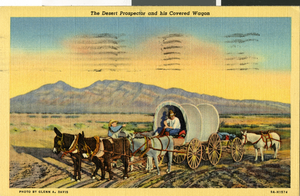
Postcard of prospector in a wagon, circa early 1900s
Date
1900 to 1959
Archival Collection
Description
Desert Prospector and his covered wagon.
Image
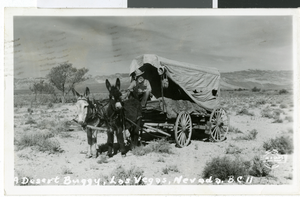
Postcard of donkeys and a prospector, circa early 1900s
Date
1900 to 1920
Archival Collection
Description
A prospector in a covered wagon, being drawn by donkeys.
Image
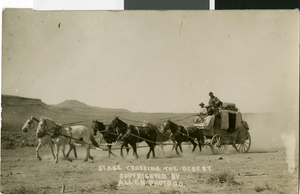
Postcard of a stagecoach in the desert, circa early 1900s
Date
1900 to 1920
Archival Collection
Description
A horse-drawn stagecoach crossing the desert.
Image
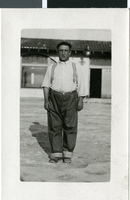
Photograph of an unidentified man, circa early 1900s
Date
1900 to 1930
Archival Collection
Description
An unidentified man pants with suspenders.
Image
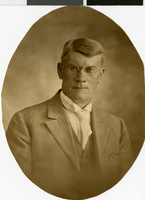
Photograph of an unidentified man, circa early 1900s
Date
1900 to 1920
Archival Collection
Description
A bust portrait of an unidentified man.
Image
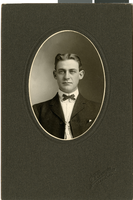
Photograph of Jack Hubbard, circa early 1900s
Date
1900 to 1939
Archival Collection
Description
A portrait of Jack Hubbard, Maurine Wilson's Uncle.
Image
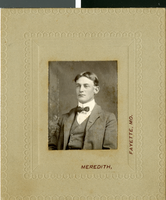
Photograph of Jack Hubbard, circa early 1900s
Date
1900 to 1939
Archival Collection
Description
A portrait of Jack Hubbard, Maurine Wilson's Uncle.
Image
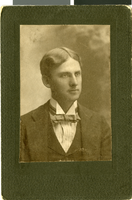
Photograph of Charles Conklin, circa early 1900s
Date
1900 to 1939
Archival Collection
Description
Description provided with image: "Charles Conklin, Maurine Wilson's uncle. (He was Ida Conklin Hubbard's brother)."
Image
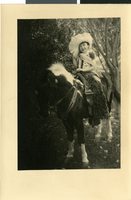
Photograph of a child on horseback, circa early 1900s
Date
1900 to 1939
Archival Collection
Description
An unidentified child, possibly Maurine Wilson, on horseback in an unknown location.
Image
Pagination
Refine my results
Content Type
Creator or Contributor
Subject
Archival Collection
Digital Project
Resource Type
Year
Material Type
Place
Language
Records Classification
